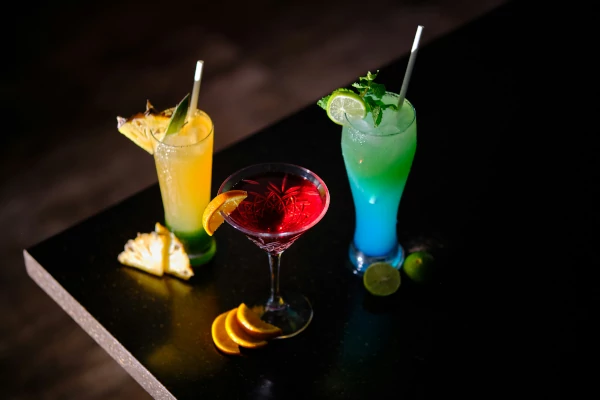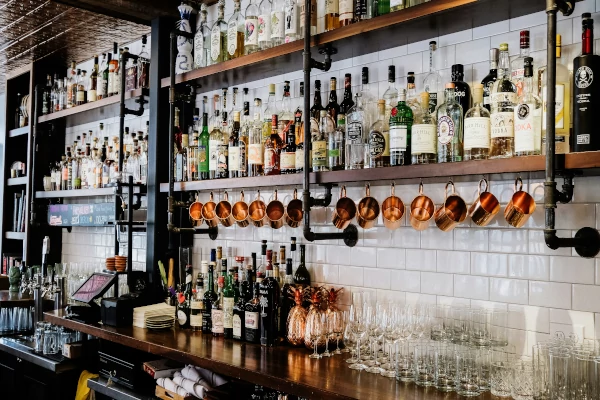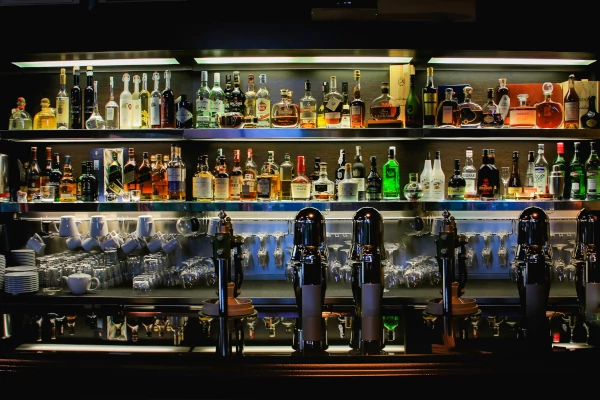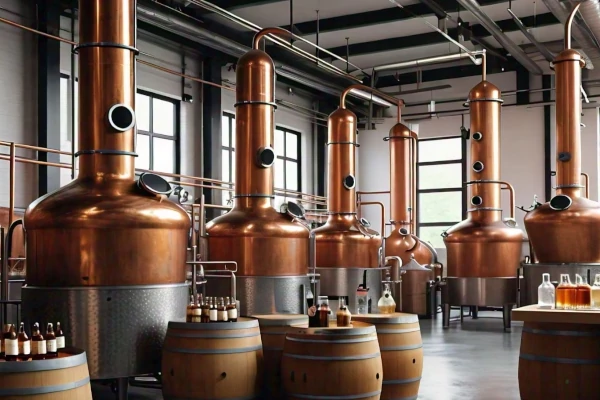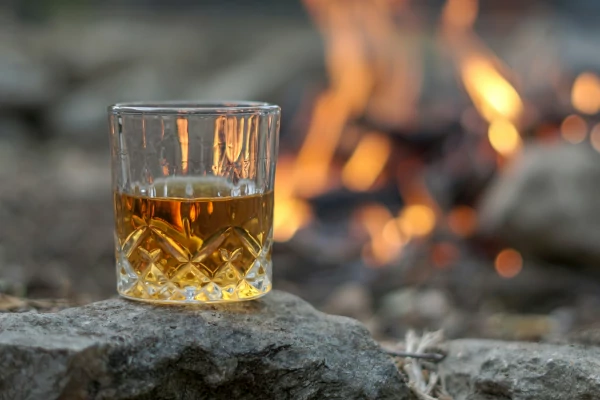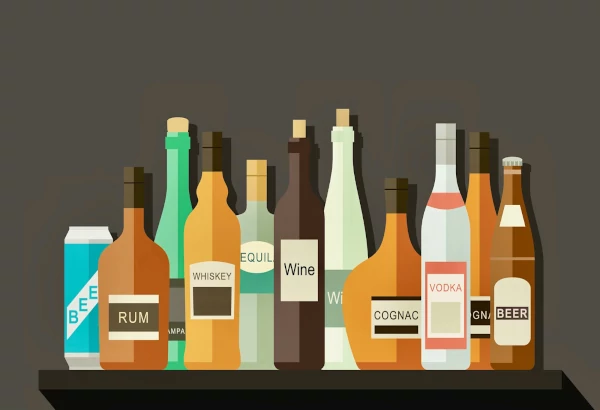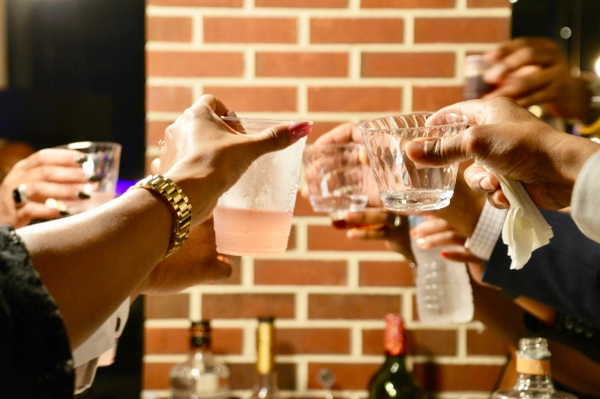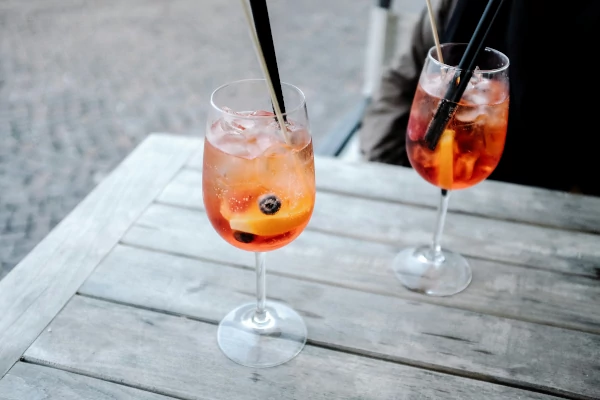The Art of Whiskey Aging: How Different Processes and Conditions Shape Flavor
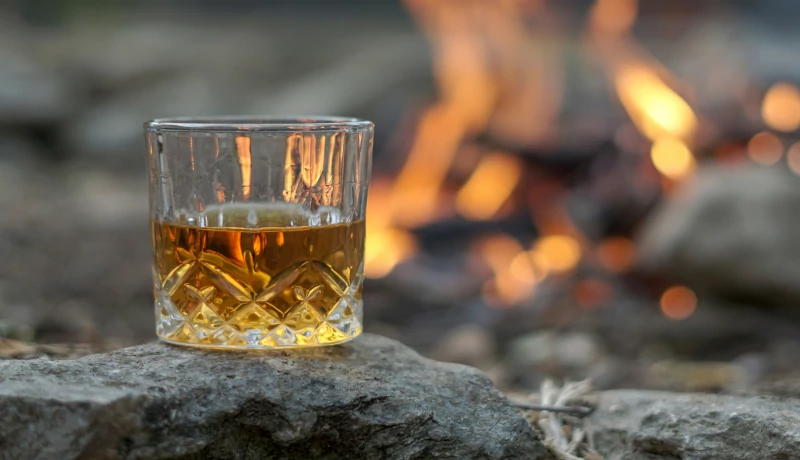
Explore how different aging processes and barrel types shape the complex flavor profiles of whiskey, from the sweet vanilla notes of American oak to the rich fruitiness of sherry casks. Discover how time, temperature, and barrel conditions create unique and nuanced whiskies.
Whiskey is more than just a drink; it’s a canvas where time and environment collaborate to craft its unique profile. The aging process is crucial in developing a whiskey's flavor, character, and complexity. By examining various aging processes and conditions, including the types of barrels used, we can better understand how these elements shape the final product.
It is advisable to have alcohol/liquor drinking license in Maharashtra. You can apply online for alcohol/liquor drinking liquor license here : Click Here to Apply Now
1. The Basics of Whiskey Aging
When whiskey is distilled, it enters the maturation phase, where it spends time aging in barrels. This process can last anywhere from a few years to several decades, and it’s during this time that the whiskey undergoes significant transformations. Aging primarily affects the whiskey's flavor, aroma, color, and texture.
2. The Role of Barrels
The type of barrel used in aging whiskey has a profound impact on its flavor profile. Here are some common types of barrels and their effects:
1. American Oak Barrels: Often used for bourbon and Scotch, American oak barrels are known for imparting flavors of vanilla, caramel, and coconut. The wood's tighter grain helps extract these sweeter notes.
2. European Oak Barrels: Frequently used for aging Scotch and other whiskies, European oak tends to add more complex flavors such as dried fruit, spices, and nuts. Its looser grain allows for a different interaction with the whiskey.
3. Sherry Casks: These barrels, once used to age sherry, add rich, fruity, and nutty notes to whiskey. They are particularly popular in Scotch production, where they contribute flavors of dried fruit, chocolate, and spices.
4. Wine Barrels: Aging whiskey in used wine barrels can introduce flavors associated with the wine, such as berry notes, tannins, and earthy characteristics. This technique is less common but offers unique flavor profiles.
5. Exotic Barrels: Some distilleries experiment with barrels that previously held other liquids like rum or port. These barrels can impart unconventional flavors, making them a favorite among craft distillers.
3. Aging Conditions
The environment where whiskey is aged also plays a significant role in its development:
1. Temperature and Humidity: Whiskey aging is highly sensitive to temperature and humidity. In warmer climates, whiskey ages faster, extracting more from the barrel and often resulting in a more robust flavor. Conversely, in cooler climates, the aging process is slower, leading to subtler flavors.
2. Barrel Location: The placement of barrels within a warehouse can also affect aging. Barrels located near the ceiling may experience greater temperature fluctuations, resulting in more pronounced flavor changes, while those at lower levels remain more stable.
3. Warehouse Conditions: The ventilation and airflow within a warehouse can impact whiskey maturation. Warehouses with good air circulation tend to produce whiskies with more balanced flavors, while those with less airflow may result in more intense, concentrated profiles.
4. The Influence of Time
While aging can enhance a whiskey’s complexity, more isn’t always better. Over-aging can lead to excessive oak influence, making the whiskey taste too woody or tannic. The key is finding the right balance between age and flavor development.
1. Young Whiskeys (3-5 Years): Generally vibrant and bold, young whiskeys often have pronounced cereal and fruity notes with less complexity. They are often favored for their freshness and energy.
2. Mid-Aged Whiskeys (6-15 Years): These whiskies typically exhibit a harmonious blend of fruity, spicy, and woody characteristics. They offer a balance between youthful vigor and mature depth.
3. Old Whiskeys (15+ Years): With extended aging, whiskies develop rich, complex flavors and smoother textures. However, they can become overly oaky if not monitored carefully.
5. Experimental Aging Techniques
Innovative distilleries are pushing the boundaries of traditional aging processes. Techniques such as dynamic aging, where barrels are moved frequently to expose them to varying conditions, or the use of smaller casks to accelerate aging, are creating exciting new flavor profiles.
Conclusion
The aging process is a crucial aspect of whiskey production that greatly influences its final flavor. From the type of barrel to the aging environment, each element contributes to the unique character of the whiskey. By understanding these factors, enthusiasts can better appreciate the depth and diversity of flavors found in different whiskeys. Whether you prefer the sweetness of American oak or the complexity of sherry casks, there’s a whiskey out there with an aging profile perfectly suited to your taste.
Feel free to experiment and explore the rich world of whiskey aging—you might just discover a new favorite!
How to get drinking liquor license : Click Here to Apply Now
